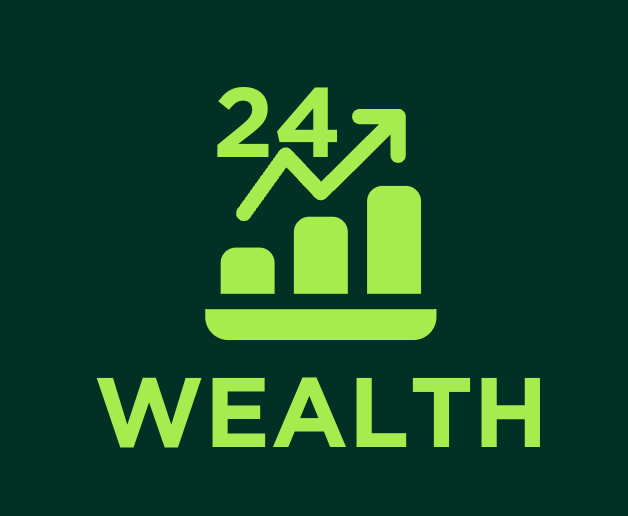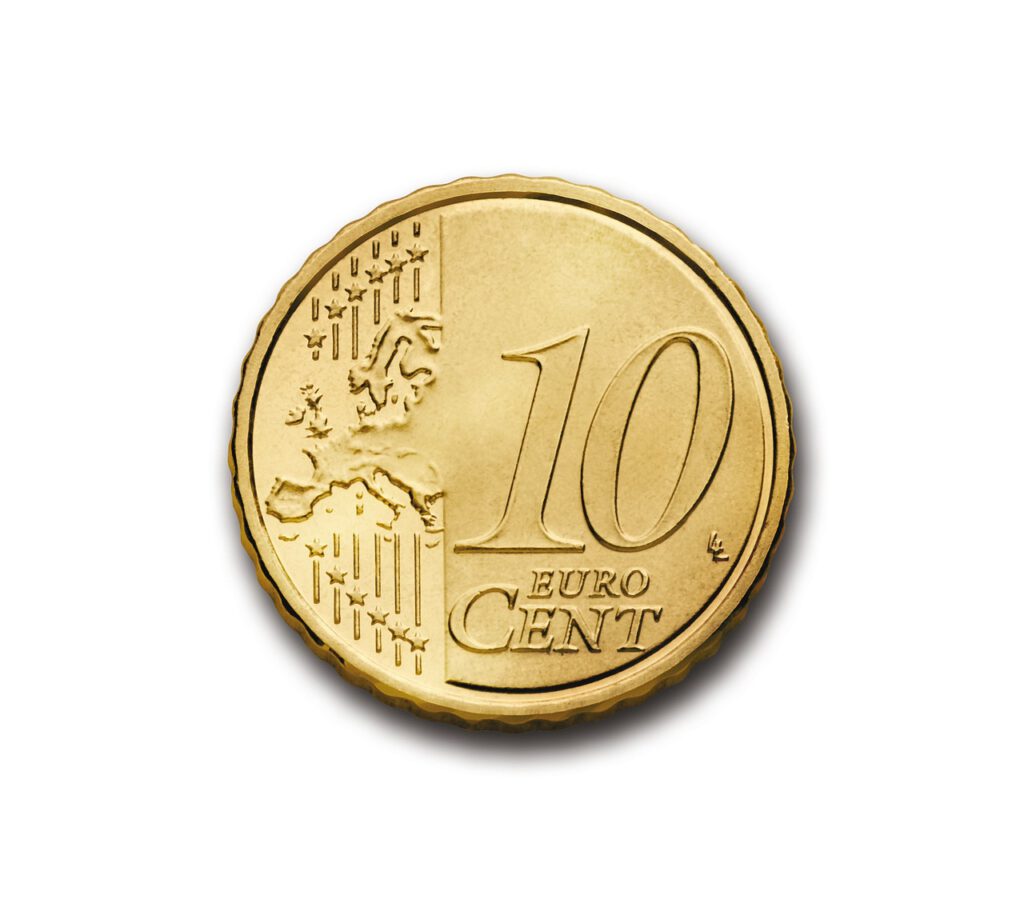Understanding the Green Economy
A green economy is a concept that focuses on sustainable development while ensuring the environment remains unharmed. This means making economic progress without destroying the planet. It involves reducing our carbon footprint, enhancing energy efficiency, and promoting renewable energy sources. Think of it as a way to balance the scales between growth and nature. The idea is to grow, yes, but not at the expense of our planet. By prioritizing these aspects, a green economy seeks to create a world where prosperity and the environment can coexist harmoniously.
Economic Growth Potential of Green Economies
The transition to a green economy holds immense promise for economic growth. Studies reveal that shifting towards sustainability can open up new avenues for jobs and innovation. This transformation isn’t just about protecting the environment; it’s also a smart economic strategy. By investing in sectors like renewable energy, sustainable agriculture, and green technology, economies can experience a significant boost. It’s akin to planting seeds today for a bountiful harvest tomorrow. These sectors not only promise growth but also resilience in a rapidly changing global landscape.
Job Creation Through Green Initiatives
One of the most exciting aspects of the green economy is its potential to create millions of jobs worldwide. Sectors such as solar power, wind energy, and sustainable construction are at the forefront of this job boom. Picture cities bustling with eco-friendly construction projects and rural areas dotted with wind turbines. These new jobs aren’t just about numbers; they represent a shift towards more meaningful and sustainable work. As these industries grow, they offer stable employment opportunities that contribute to both economic and environmental well-being.
Policy Support from Governments
Governments across the globe are recognizing the importance of supporting green economies through various policies and subsidies. This support comes in different forms, such as carbon pricing, tax incentives for clean energy, and investments in green infrastructure. It’s like providing a helpful push to get the green ball rolling. These policies aim to make sustainable choices more accessible and appealing to businesses and consumers. By creating a favorable environment for green initiatives, governments are playing a crucial role in driving the success of this economic shift.
Rising Consumer Demand for Sustainability
Increasing consumer awareness about climate change and environmental degradation is driving demand for sustainable products and services. People want to make choices that are good for the planet, and businesses are taking notice. This shift is akin to a wave that companies must ride to stay relevant. From eco-friendly packaging to energy-efficient appliances, the market is seeing a surge in green products. This consumer-driven demand is pushing businesses to adopt sustainable practices, aligning with the principles of the green economy.
Corporate Commitment to Sustainability
Corporations are increasingly committing to sustainability goals to align with the green economy’s principles. Many companies are setting ambitious targets, such as achieving net-zero emissions. This shift is akin to a corporate pledge to be part of the solution rather than the problem. By adopting sustainable practices, businesses not only contribute to environmental preservation but also enhance their brand reputation. These commitments reflect a growing recognition that sustainability is not just a trend but a fundamental aspect of long-term success.
Technological Innovation in Green Economies
The rise of green economies is driving technological innovation in clean technology. Electric vehicles, energy storage systems, and waste-to-energy solutions are just a few examples of the advancements being made. These innovations are like the building blocks of a sustainable future. They offer solutions to some of the most pressing environmental challenges and provide new opportunities for growth. As technology continues to evolve, it plays a crucial role in the transition to a greener economy, opening up possibilities for a cleaner and more efficient world.
Challenges and Barriers to Green Growth
Despite its potential, the green economy faces several challenges and barriers. High initial investment costs, resistance from fossil fuel industries, and the need for equitable transitions are among the hurdles to overcome. It’s like climbing a mountain with obstacles along the way. These challenges require careful navigation to ensure that the transition is smooth and inclusive. It’s essential to address these barriers to unlock the full potential of green economies and ensure that the benefits are shared equitably across society.



